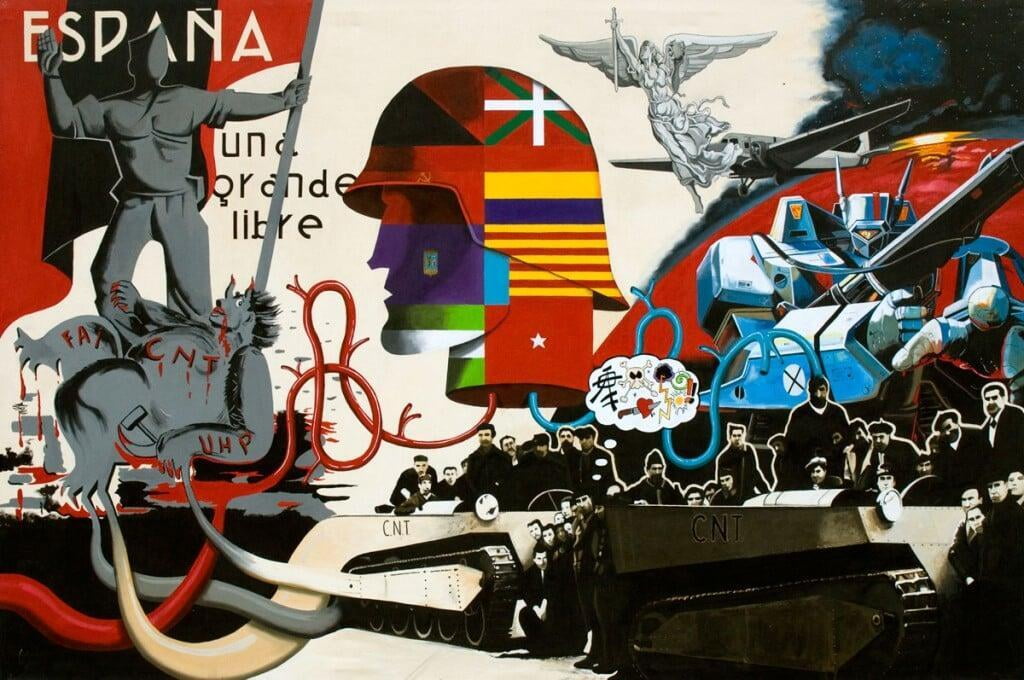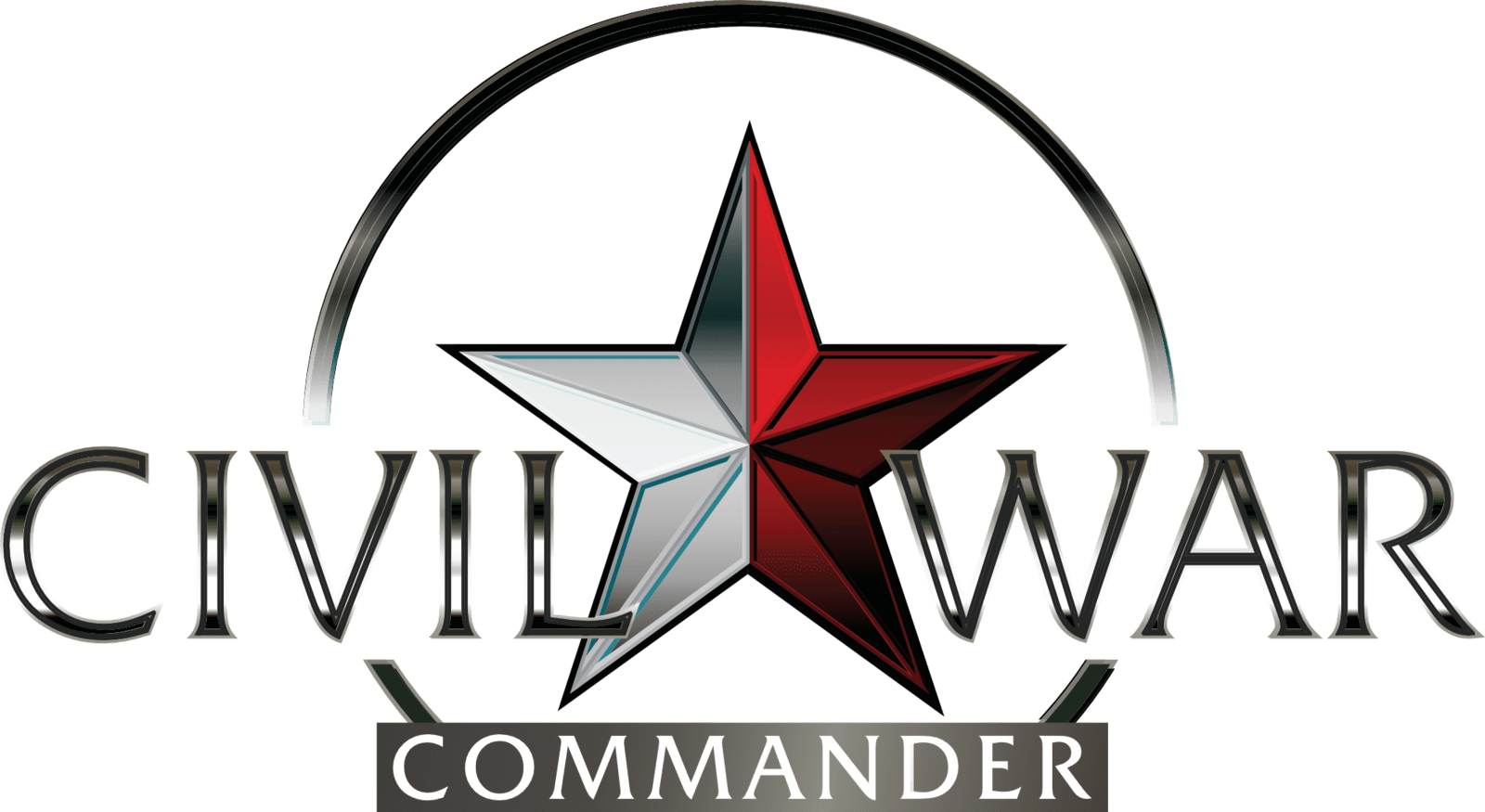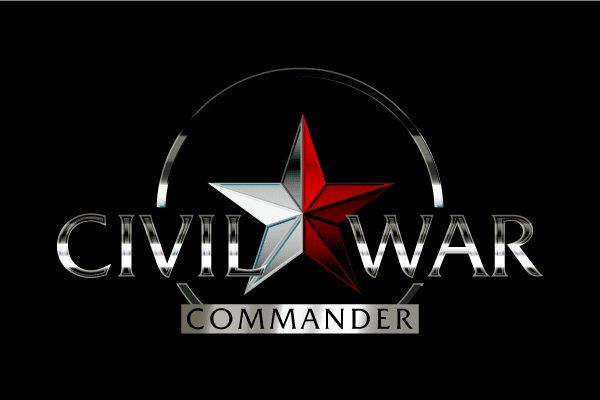Spanish Civil War 1936-1939
Betrayal and desperation. The hardest war Spain has ever faced.
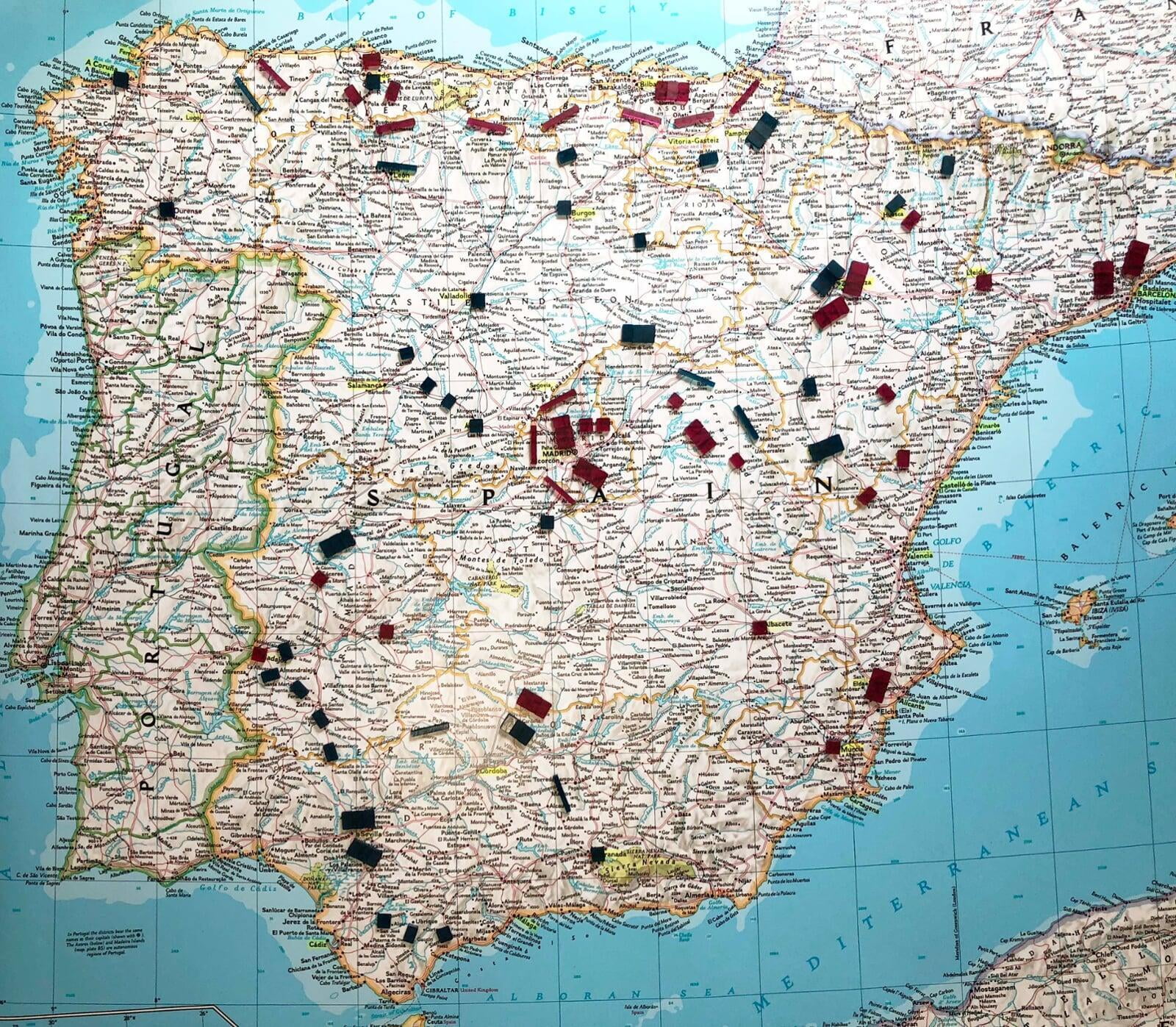
"If I did compress what I know and think about the Spanish Civil War into 6 lines you wouldn't print it. You wouldn't have the guts."
- George Orwell
- George Orwell
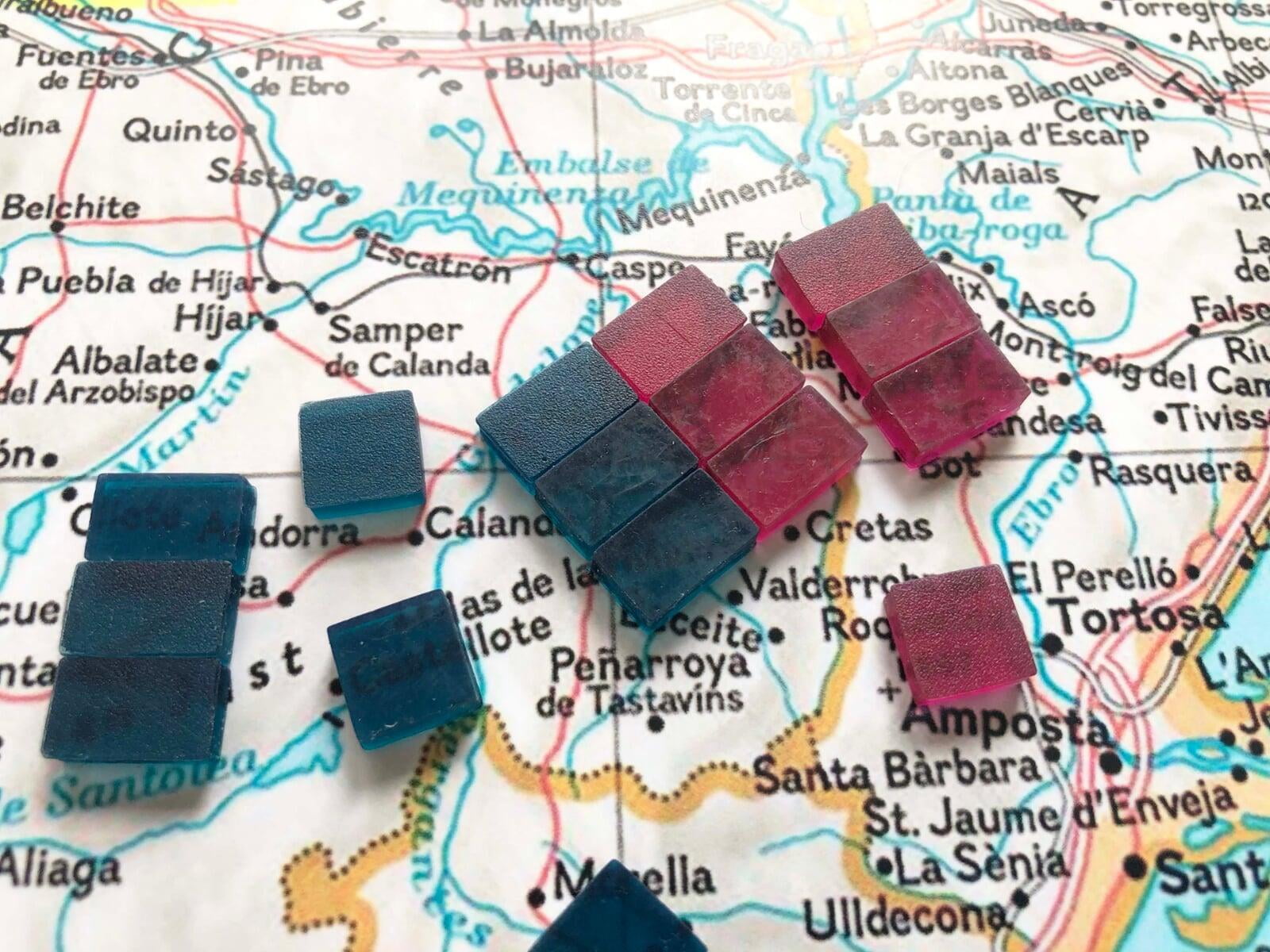
Historical Summary
The Spanish Civil War started as a coup d'état in July 1936, carried out by the Nationalist faction against the democratically established Second Spanish Republic (1931). The government was unable to fully coordinate the efforts of its political groups: anarchists, socialists, communists, and the Catalan and Basque autonomous regions.
The military "pronunciamento" developed into a civil war within a few weeks. The Nationalists were composed of the Spanish Confederation of Autonomous Rights (CEDA), monarchists, Carlists, and the Falange. They had no issue uniting in their "crusade to cleanse Spain" under a firm military command.
By a combination of cunning, opportunism and luck, General Francisco Franco soon became not only the commander in chief of the rebel army, but of the new Spanish State itself.
While the Republic was aided by the Soviet Union, Mexico and International Brigades from several democracies (including the United States, Britain, France and Canada), the Nationalist forces had the support of the Fascist governments of Nazi Germany and Italy.
The Nationalists carried out a lighting advance from the southwest of Spain early in the war, but failed to capture Madrid. The North fell in 1937 after an heroic resistance. General stalemate took root between the summers of 1937 and 1938. This was in part due to Franco’s cautious command and Republican military unprofessionalism. The Republic threw itself into a series of offensives, resulting in defeat or short-lived Pyrrhic victories. The Battle of the Ebro saw the loyalists bleed their remaining strike power and lose the initiative forever.
The military "pronunciamento" developed into a civil war within a few weeks. The Nationalists were composed of the Spanish Confederation of Autonomous Rights (CEDA), monarchists, Carlists, and the Falange. They had no issue uniting in their "crusade to cleanse Spain" under a firm military command.
By a combination of cunning, opportunism and luck, General Francisco Franco soon became not only the commander in chief of the rebel army, but of the new Spanish State itself.
While the Republic was aided by the Soviet Union, Mexico and International Brigades from several democracies (including the United States, Britain, France and Canada), the Nationalist forces had the support of the Fascist governments of Nazi Germany and Italy.
The Nationalists carried out a lighting advance from the southwest of Spain early in the war, but failed to capture Madrid. The North fell in 1937 after an heroic resistance. General stalemate took root between the summers of 1937 and 1938. This was in part due to Franco’s cautious command and Republican military unprofessionalism. The Republic threw itself into a series of offensives, resulting in defeat or short-lived Pyrrhic victories. The Battle of the Ebro saw the loyalists bleed their remaining strike power and lose the initiative forever.
With the fall of Catalonia in 1939, Madrid became isolated from Barcelona. The fascist Francoist regime was recognized by France and the United Kingdom before the war even came to an end, which took place in April 1939.
